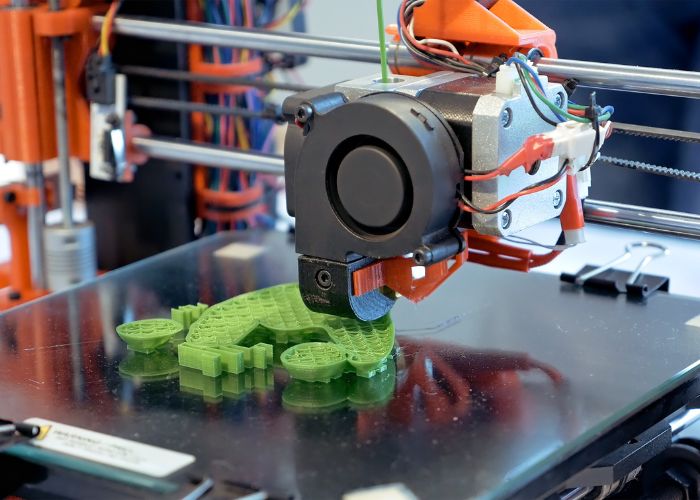In a galaxy far, far away—or just in your local maker space—epic battles are taking place as hobbyists and professionals search for the most impact-resistant 3D printing filaments. Fret not, young padawan, for we have traversed the cosmos to bring you invaluable insights into this age-old–OK, modern—conundrum. Read on to explore a comprehensive ranking of the strongest to weakest filaments.
The Force Awakens: Strongest Filaments
In this first round, we present the strongest filaments. You can reawaken the power in your 3D printer by using the strongest filaments on the market, such as the following.
Nylon 12
Known for its astounding combination of strength, flexibility, and durability, Nylon 12 holds the title of the strongest 3D printing filament. Its impressive resistance to chemicals and the elements makes it a go-to choice for functional prototypes, gears, and automotive components.
Polycarbonate (PC)
Strong contenders in this filament showdown, polycarbonates boast remarkable strength and toughness. These high-performance plastics can withstand heat and pressure, making them ideal for electronic components, toys, and mobile phone cases. In the Star Wars universe, PC might be perfect for lightsaber handles.
PET-G
PET-G is no stranger to the strength game. A fusion of strength, flexibility, and temperature resistance, PET-G filaments offer balanced properties, making them popular for various applications such as storage containers, medical implants, and protective headgear. I think Omega and Tech, from the Bad Batch, would appreciate PET-G in their missions!
The Empire Strikes Back: The Middle Ground
We have the force-driven filaments, but what about the middle ground—the ones the empire can’t live without? Like the battle for the empire, these filaments are fighting for domination, making them the perfect batch of secondary filaments to use.
ABS
Acrylonitrile Butadiene Styrene (ABS) is a standard and versatile filament used in many applications due to its balance of toughness and rigidity. It is present in LEGO bricks, automotive interiors, and protective cases.
PLA
Polylactic Acid (PLA) is the most user-friendly filament and the choice of many 3D printing novices. Its environmental friendliness, non-toxic nature, and ease of use make it an essential ally for basic applications and simple, decorative prints.
Return of the Jedi: The Weakest Filaments
Finally, to close our epic showdown, we explore the weaker end of the filament spectrum.
TPE
Despite their weak status, thermoplastic elastomers (TPE) possess unique flexibility, creating the potential for intriguing applications such as gaskets, seals, and wearables.
PVA
Polyvinyl alcohol (PVA) is a water-soluble material used in dual extrusion 3D printers as support material. It may be weak, but it efficiently accomplishes its intended mission.
Our journey through the galaxies of 3D printing filaments reveals that Nylon 12, Polycarbonate, and PET-G are among the most impact-resistant 3D printing filaments, while PLA and ABS stand firm in the middle ground. Meanwhile, TPE and PVA display unique characteristics despite their weakness. As you traverse the 3D printing world with your new knowledge of the strongest and weakest filaments, may the force guide you to finding enlightenment in your next 3D project.












Leave a Reply